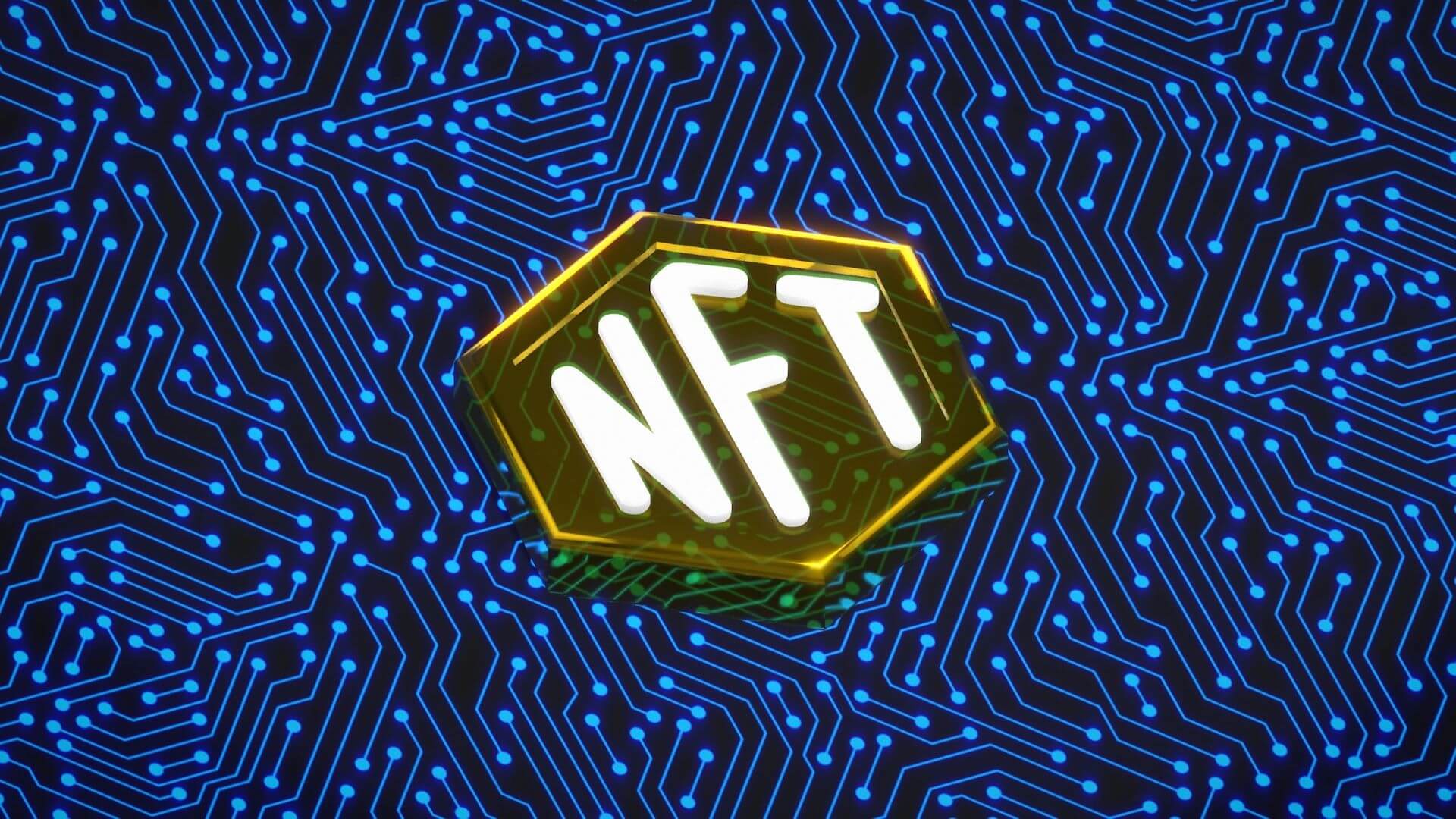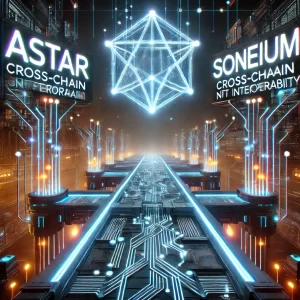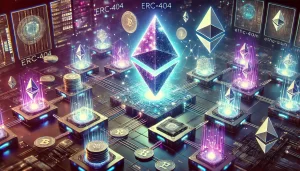The buzz around non-fungible tokens (NFTs) has reached a fever pitch, opening up a world of possibilities for artists, collectors, and tech enthusiasts alike. However, as the NFT landscape expands, a new challenge rears its head: How can we transfer these unique digital masterpieces across various blockchains? Enter the unsung heroes of the NFT realm—NFT bridges. Let’s unpack the wizardry behind these innovative gateways.

Why Do We Need NFT Bridges?
First, let’s establish why NFT bridges are such a big deal. Imagine each blockchain as an isolated island, each with its own unique ecosystem and rules. Transferring unique, one-of-a-kind NFTs between these islands isn’t a walk in the park. NFT bridges serve as the ferries that safely take these assets from one island to another, all while maintaining their uniqueness and value.
The Nuts and Bolts of NFT Bridges
Though the technical nitty-gritty can vary, the core process remains relatively constant. Here’s a simplified journey of your NFT across a bridge:
- Lock and Load: First, the NFT is “locked” into a smart contract on its home blockchain (like Ethereum), making it temporarily inactive.
- Mirror, Mirror: A clone NFT is then “minted” on the destination blockchain (say, Binance Smart Chain). This new NFT is essentially a mirror image of the original, inheriting all its unique traits.
- Check and Double-Check: Validators or specialized network nodes jump into action. They validate that the original NFT has been safely locked before giving the green light to activate its clone on the second blockchain.
- Back to Square One: If you ever want to undo the move, we release the original NFT from the chain. This allows the user to choose freely between which version of the NFT they want to deploy.
Behind the Curtain: Key Components
- Smart Contracts: The maestros conducting the entire process, smart contracts automate the complex steps of locking, cloning, and reactivating NFTs.
- Validators/Oracles: These are the vigilant watchdogs ensuring that everything is above board. They verify each step, making sure that your NFT is safely transferred.
- Multi-Signature Wallets: Think of these as added layers of security. They require multiple authorizations to complete a transaction, minimizing the risk of foul play.
The Roadblocks Ahead
As groundbreaking as NFT bridges are, they come with their own set of hurdles:
- Security Quandaries: High-value transfers could paint a bullseye on the bridge for potential hackers.
- Centralization Dilemmas: Some bridges use centralized methods for validation, compromising the ideal of a fully decentralized ecosystem.
- Transaction Costs: Using a bridge isn’t free. Gas fees can add up, depending on the blockchains involved and overall network congestion.
- Compatibility Issues: Not all blockchains play well with existing bridge technologies, raising questions about universal compatibility.
What’s Next for NFT Bridges?
Expect to see some serious evolution in the mechanics of NFT bridges, including:
- Decentralized Validation: A move towards fully decentralized processes will bolster both trust and security.
- Cross-Chain Protocols: Emerging protocols could make it easier than ever for diverse blockchains to interact seamlessly.
- Beefed-up Security: As stakes rise, expect new cryptographic techniques and robust auditing processes for smart contracts.
Wrapping It Up
Transferring NFTs across the mosaic of existing blockchains might seem like a daunting task, but NFT bridges are here to make that journey as smooth as possible. As we venture deeper into this digital frontier, understanding how these bridges work becomes essential. With technology constantly pushing the envelope, the future looks bright for even more secure, efficient, and interconnected NFT ecosystems.









